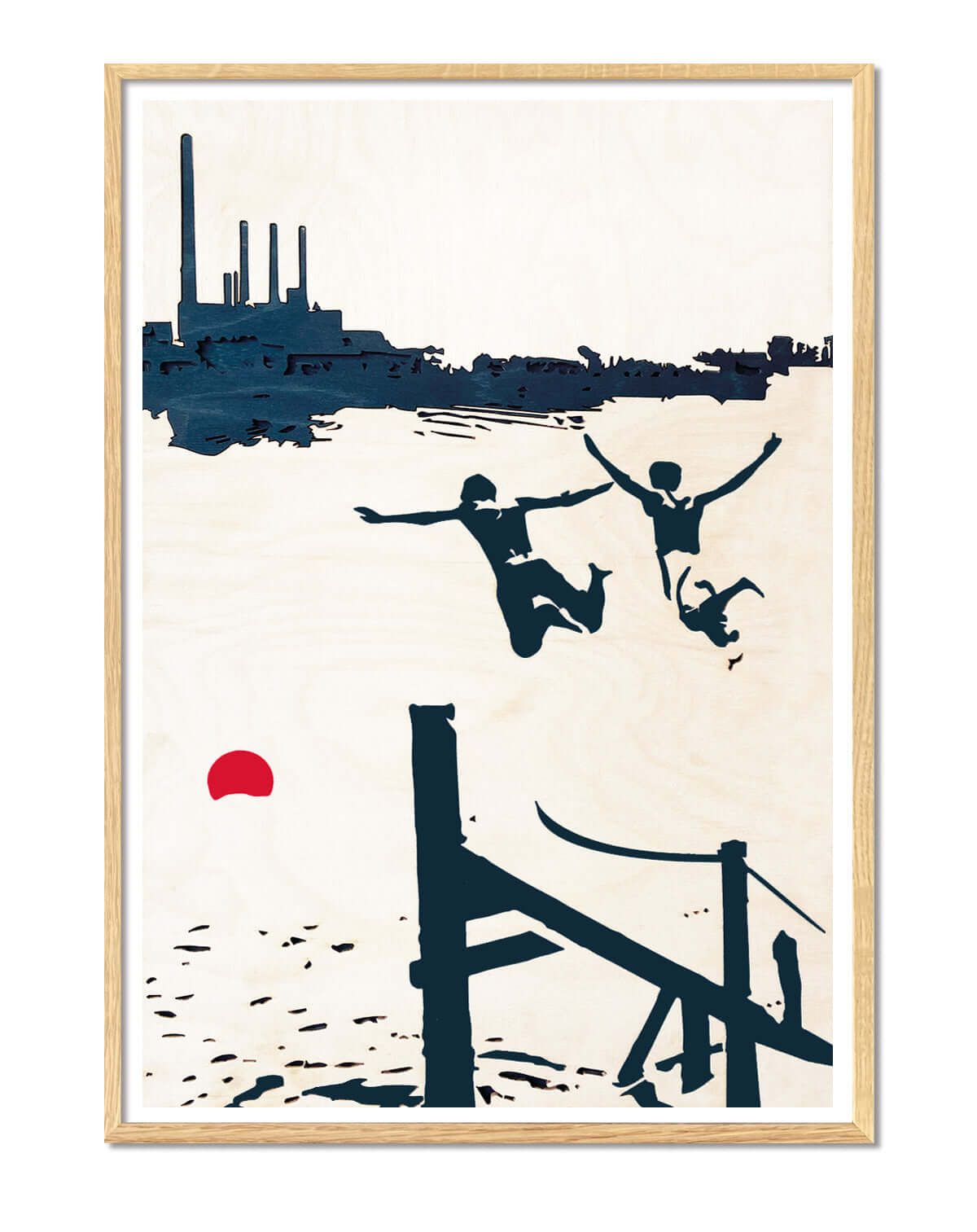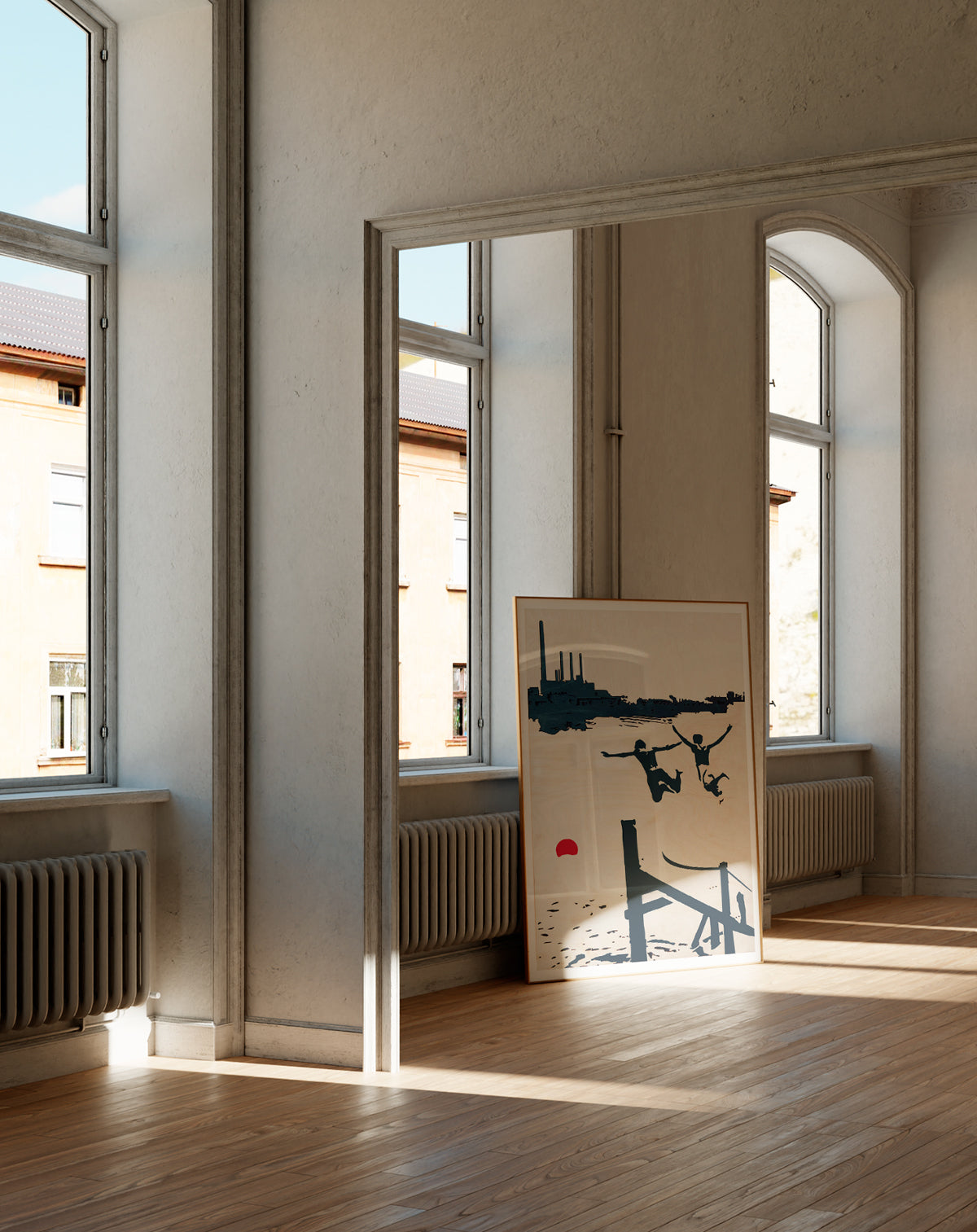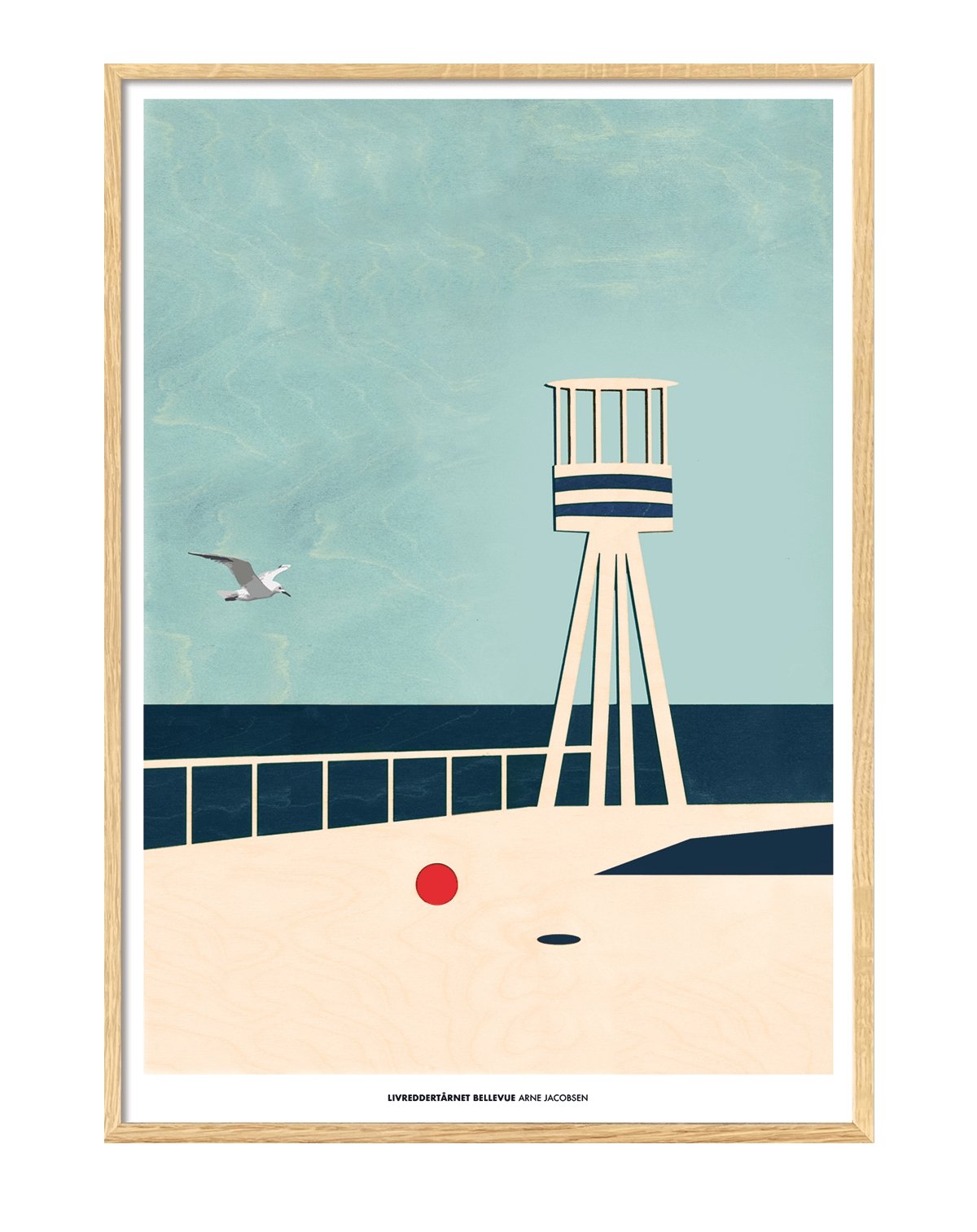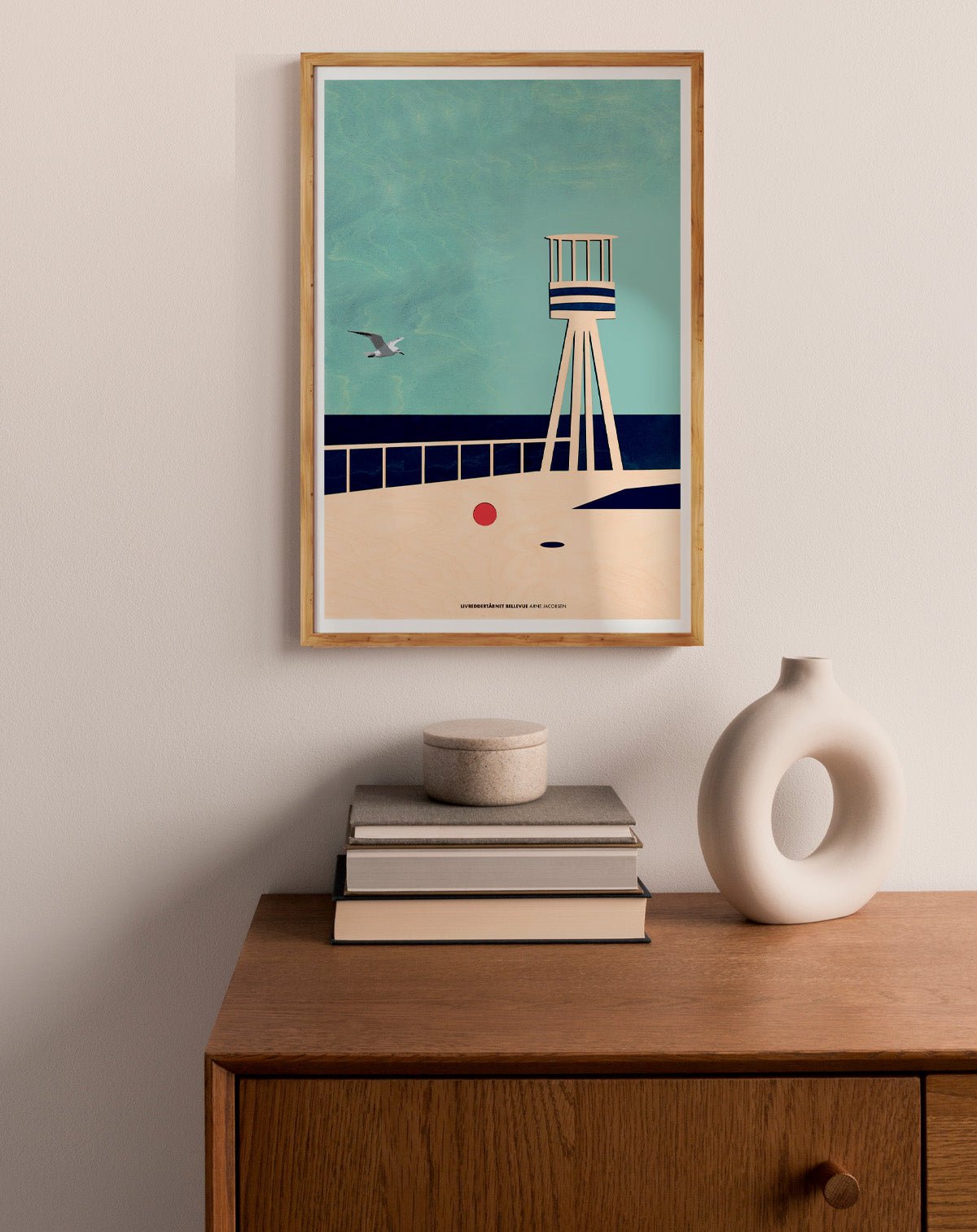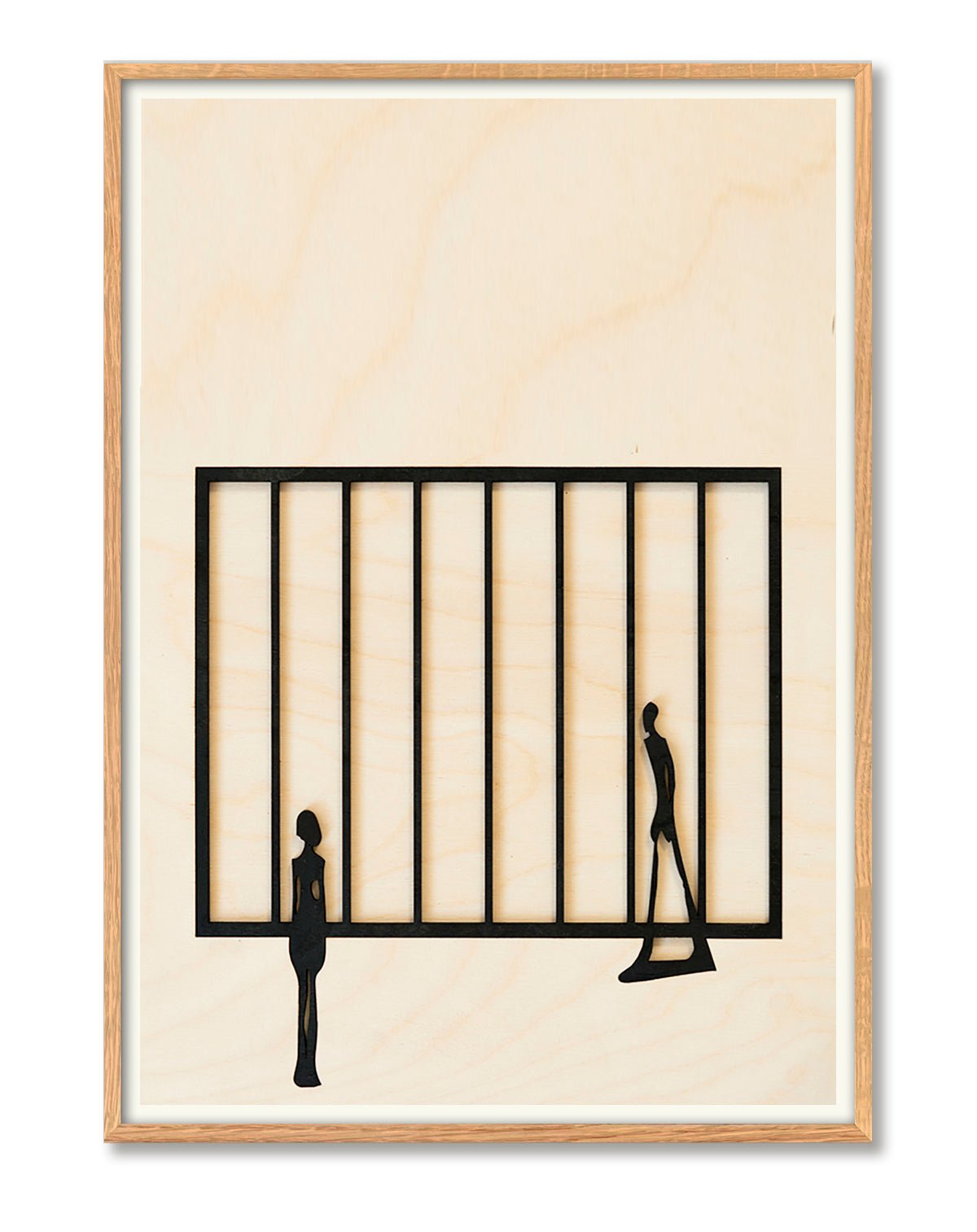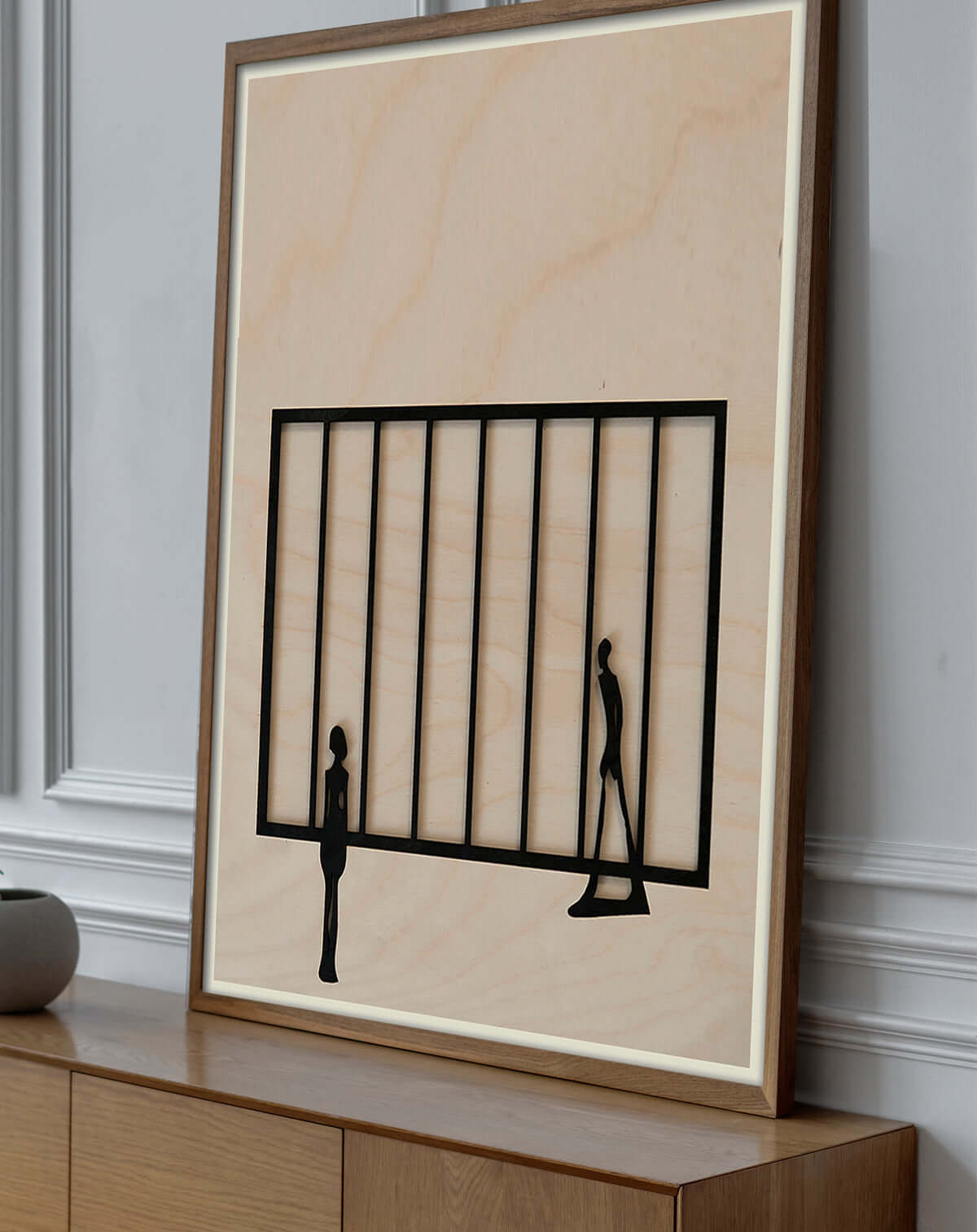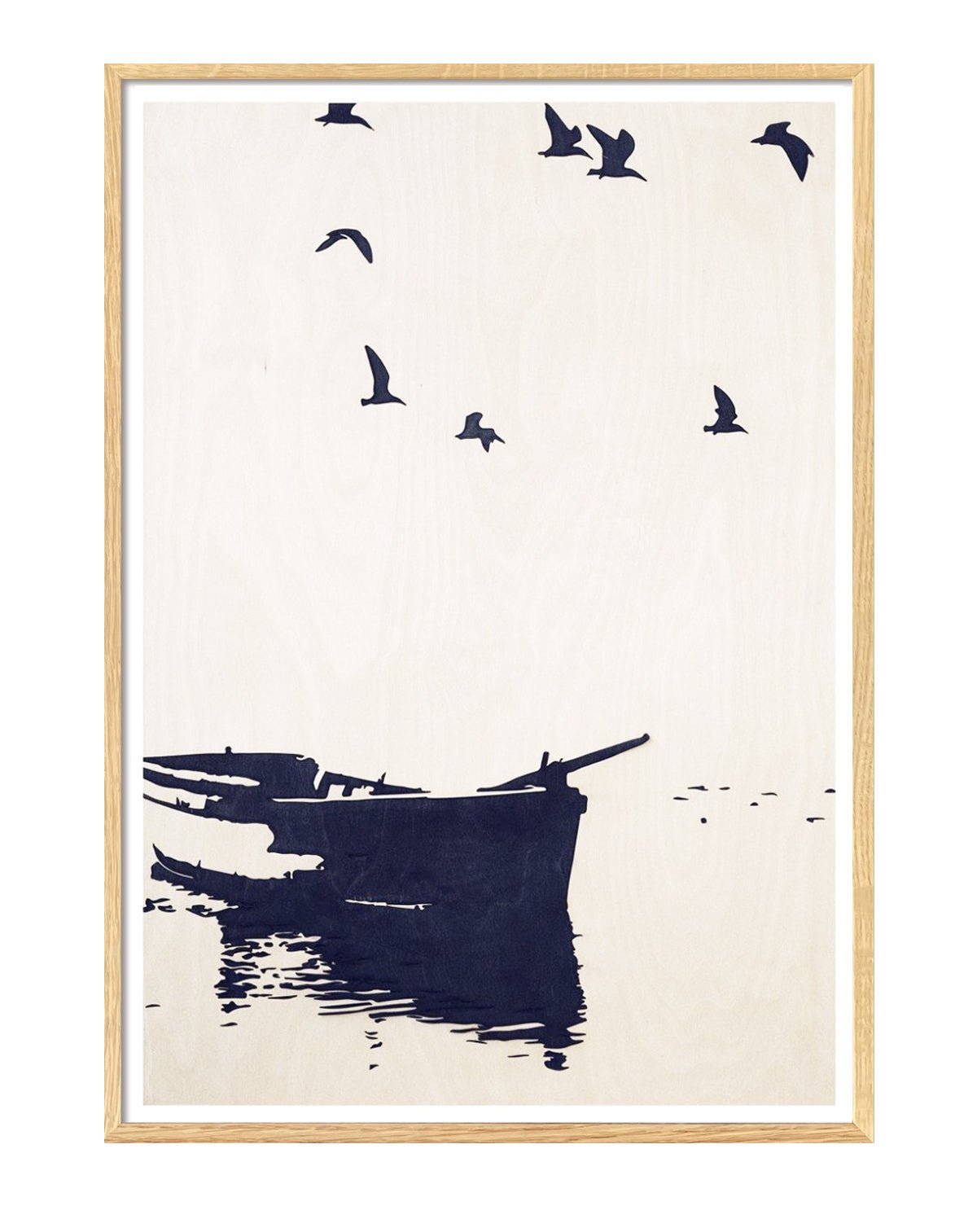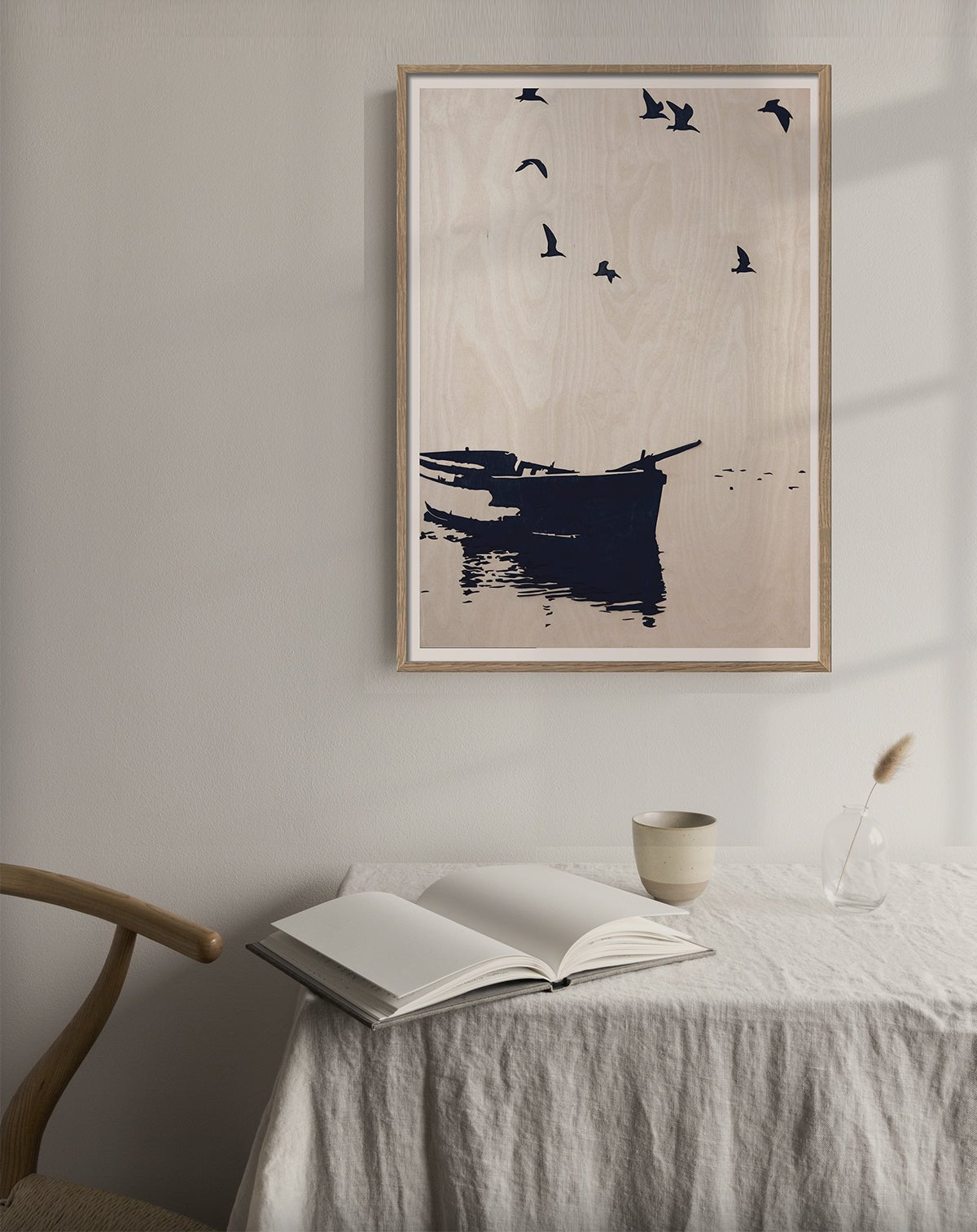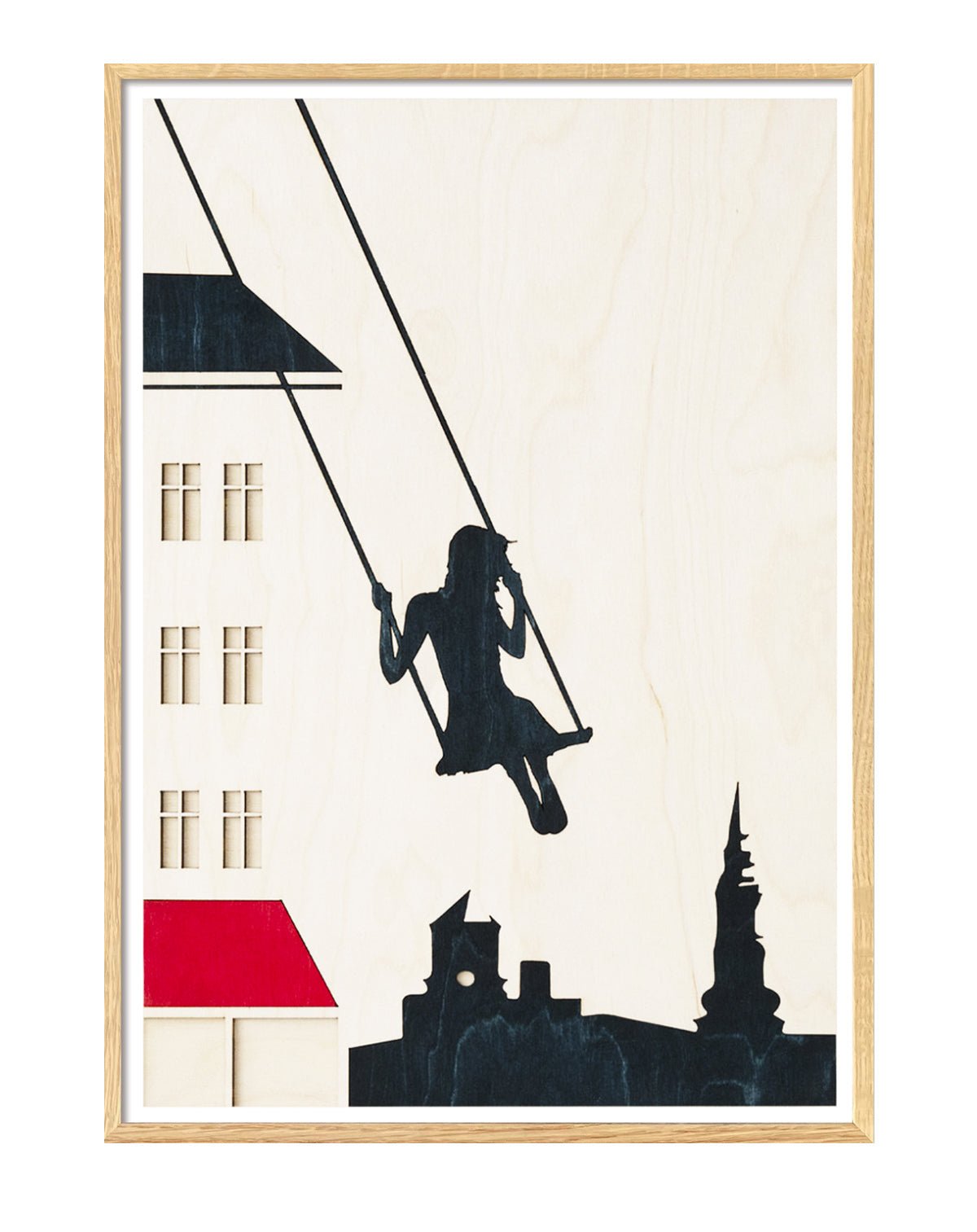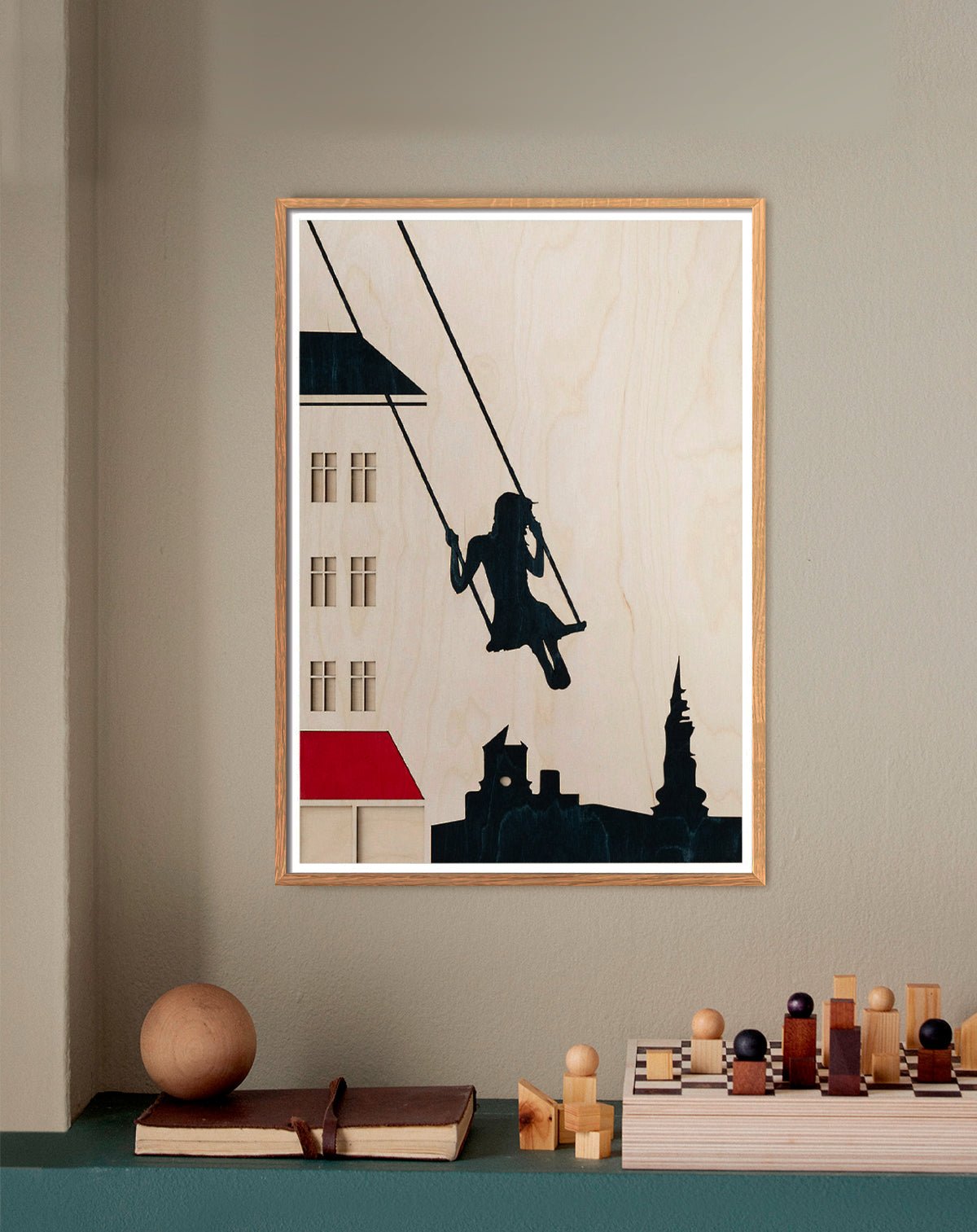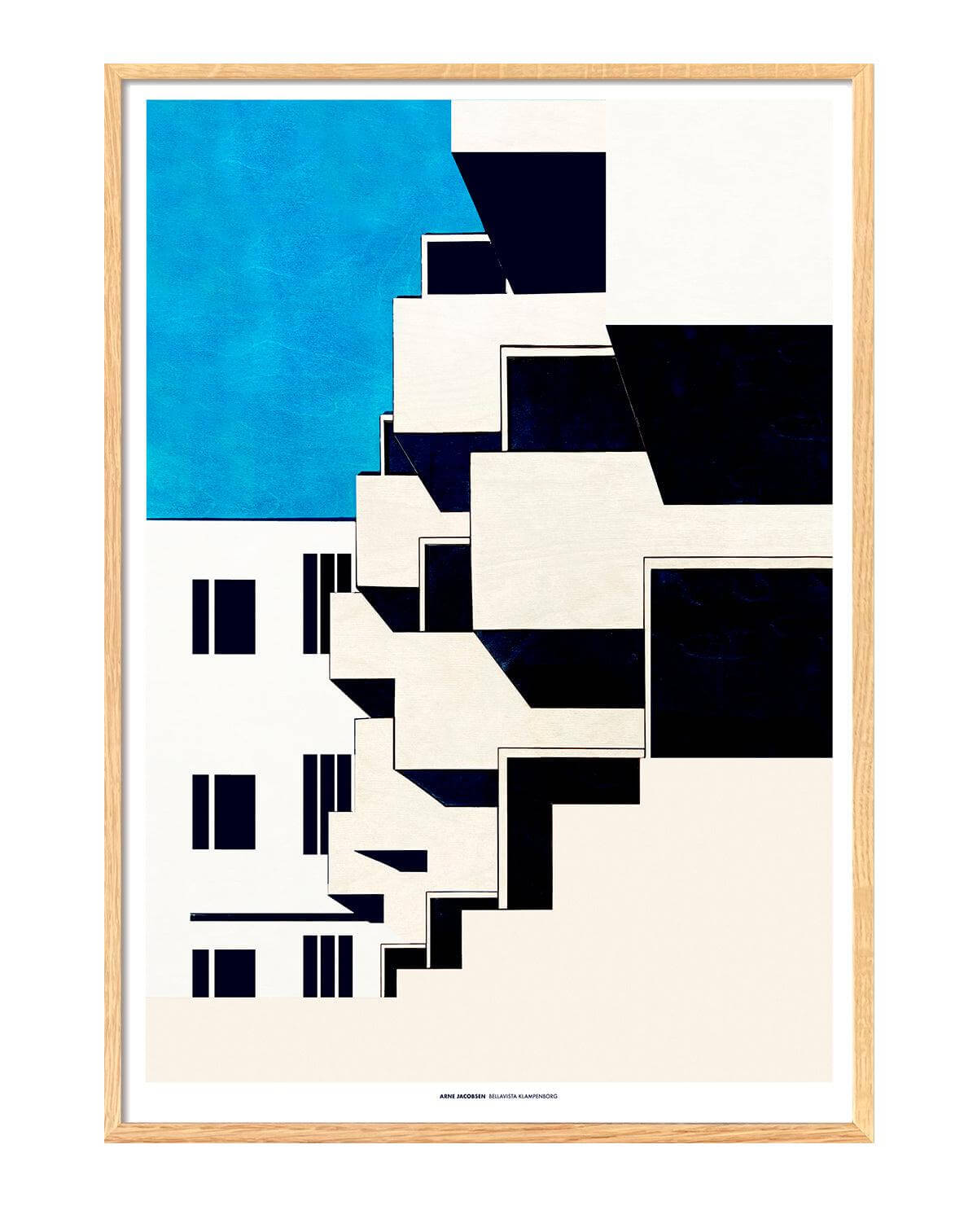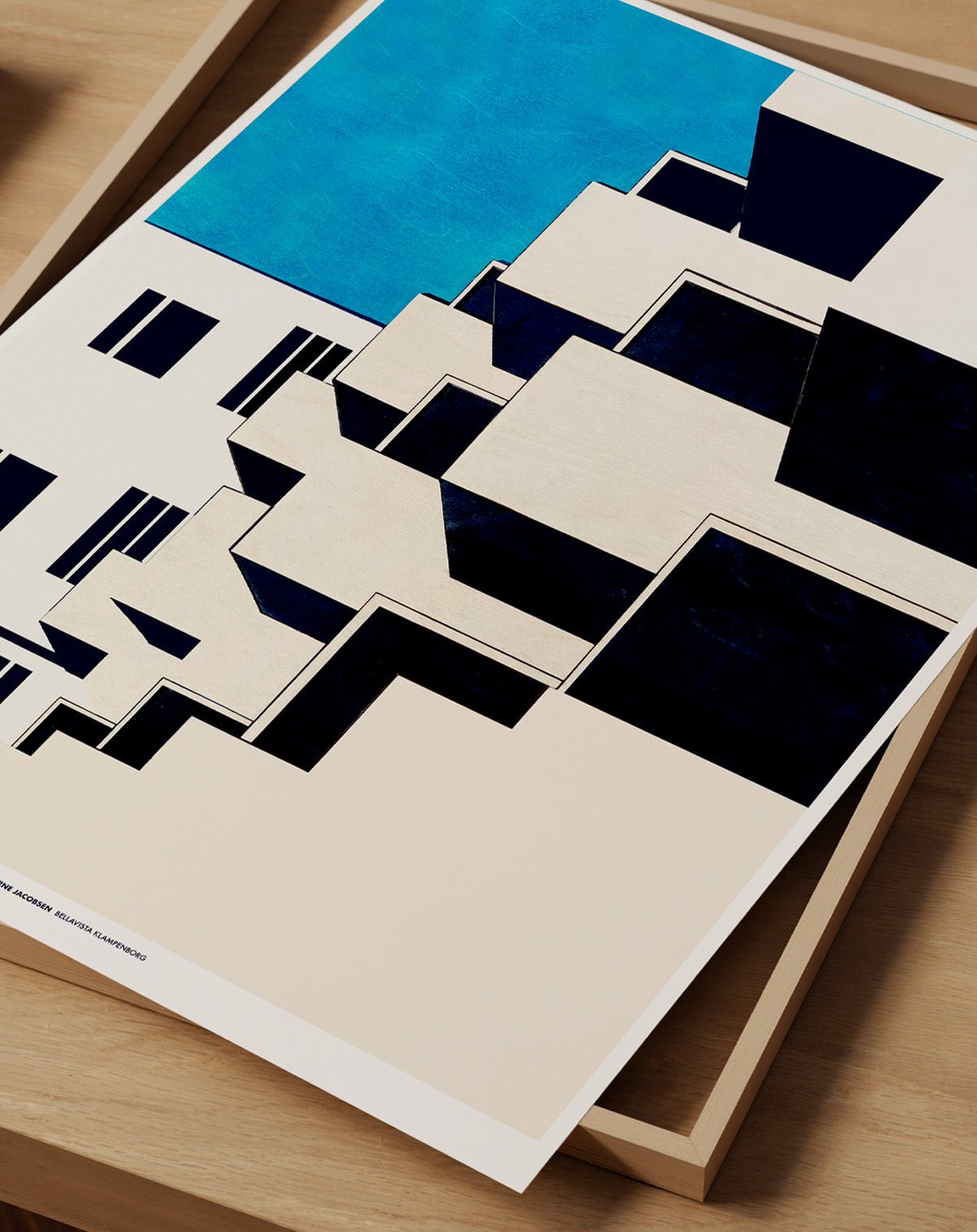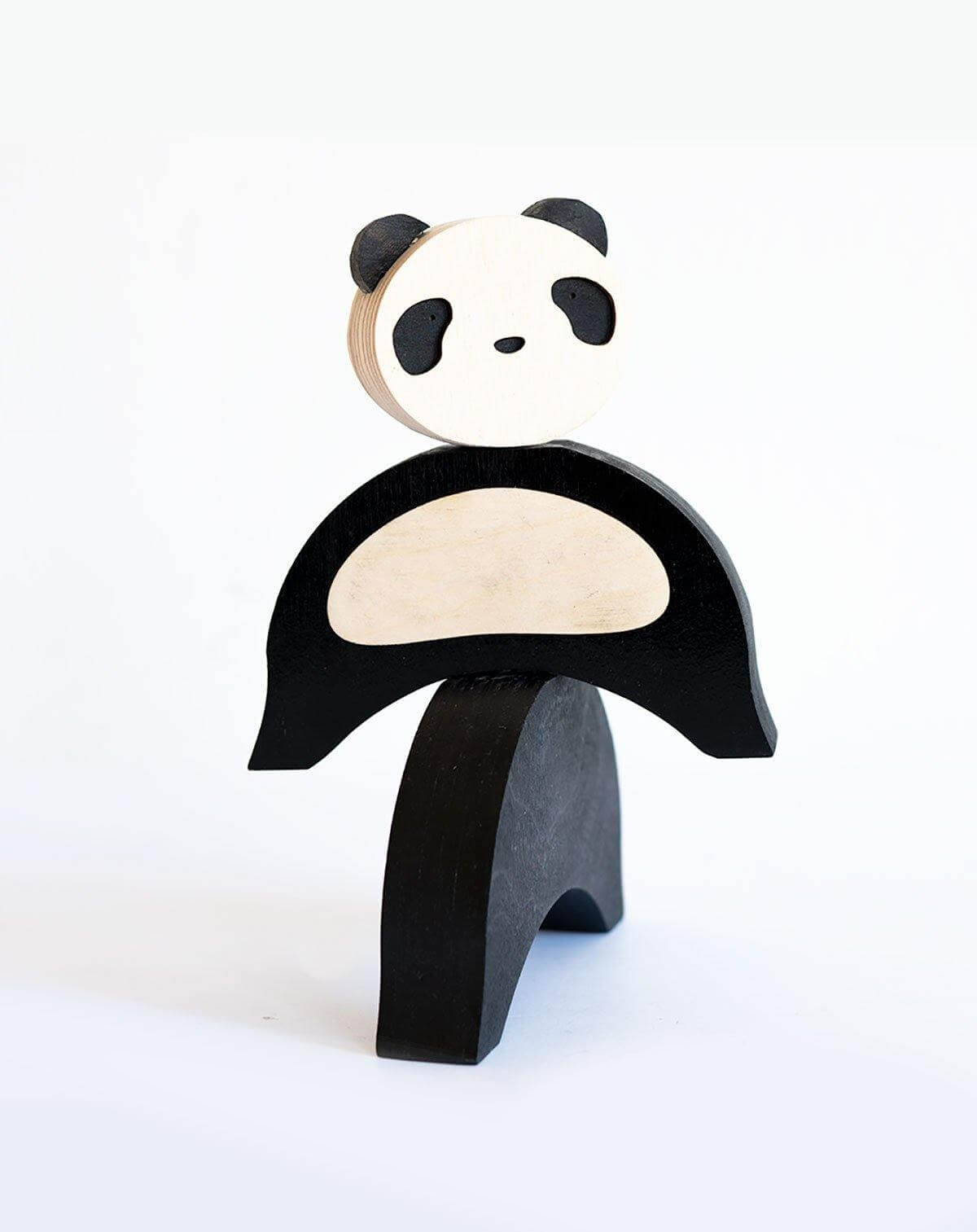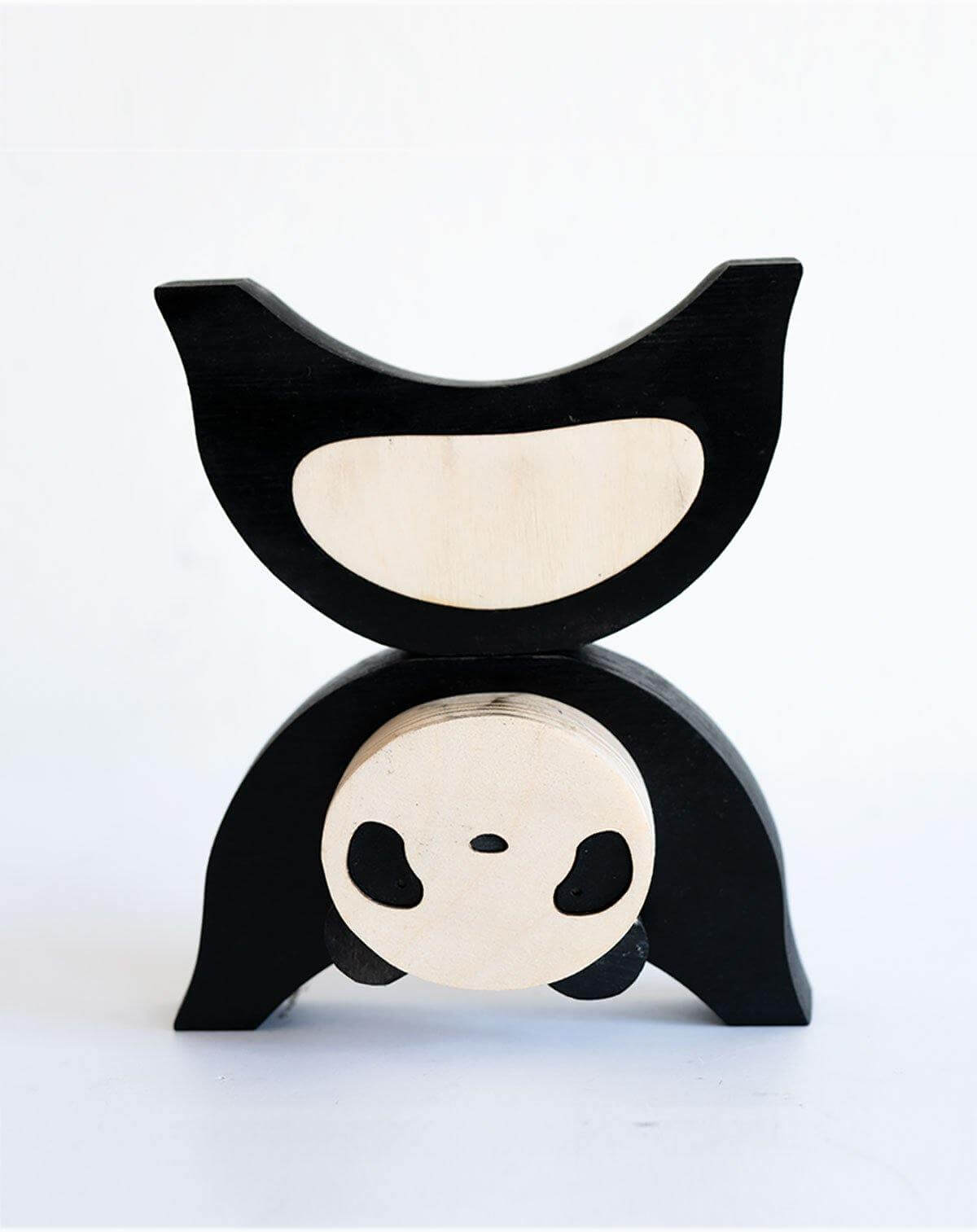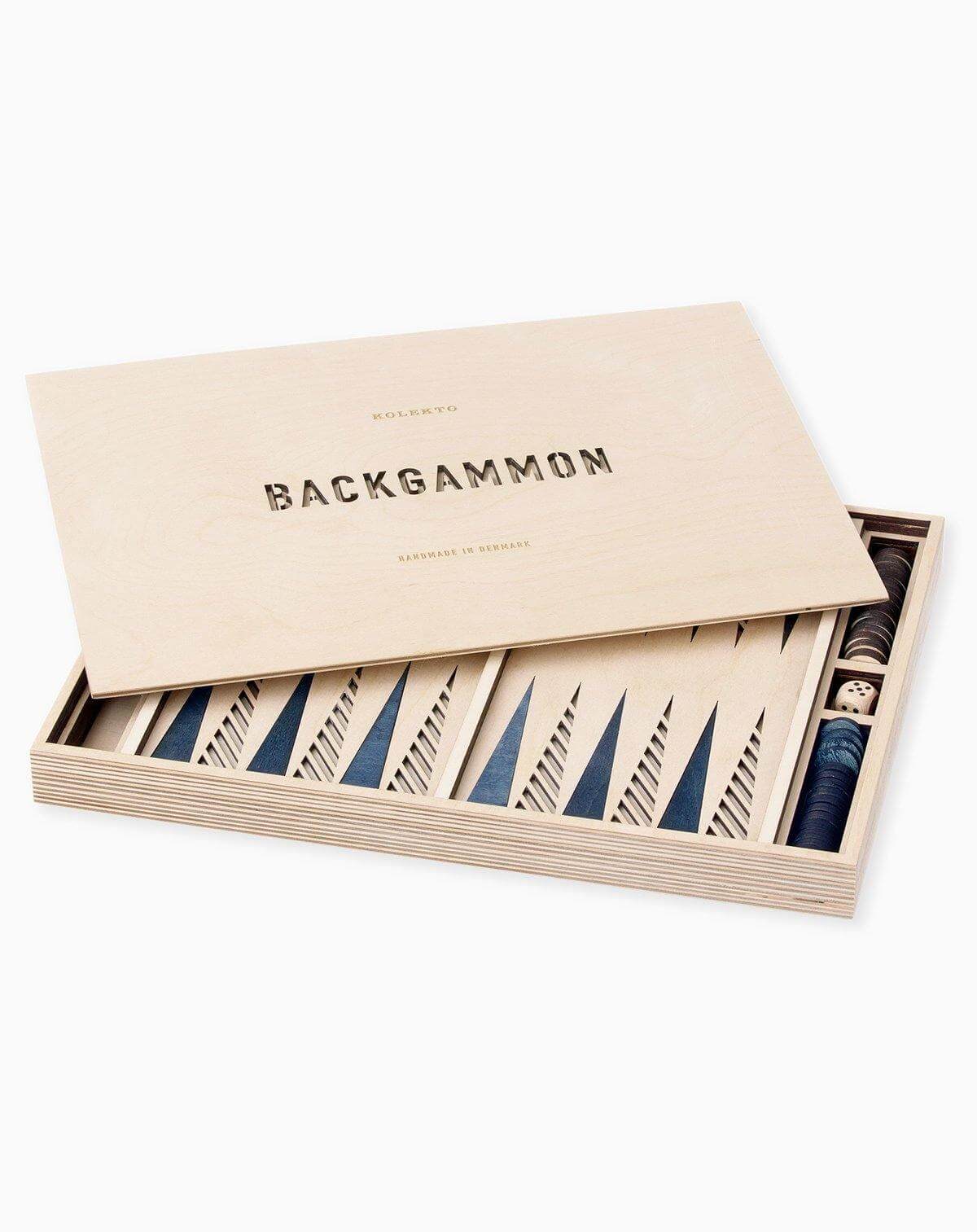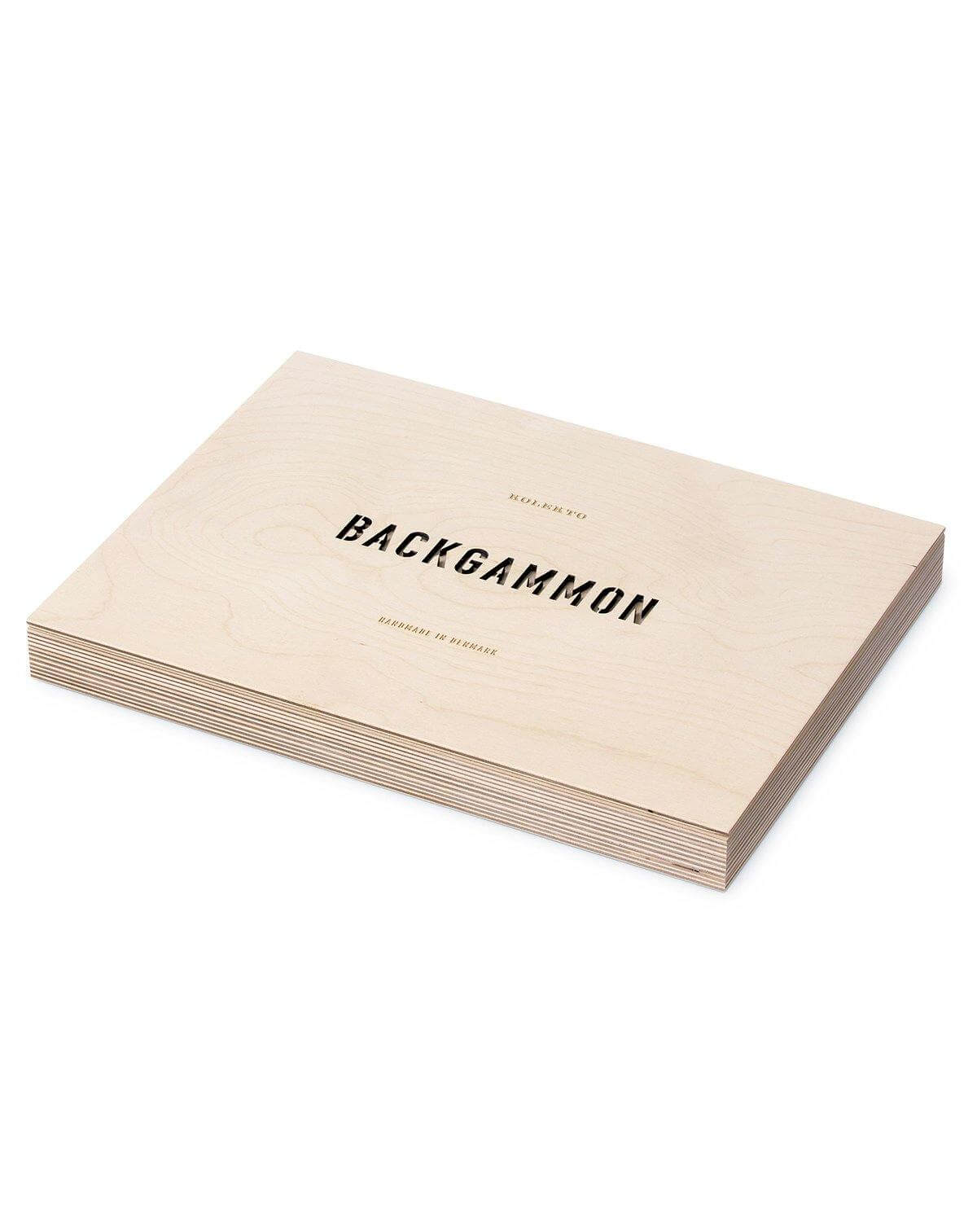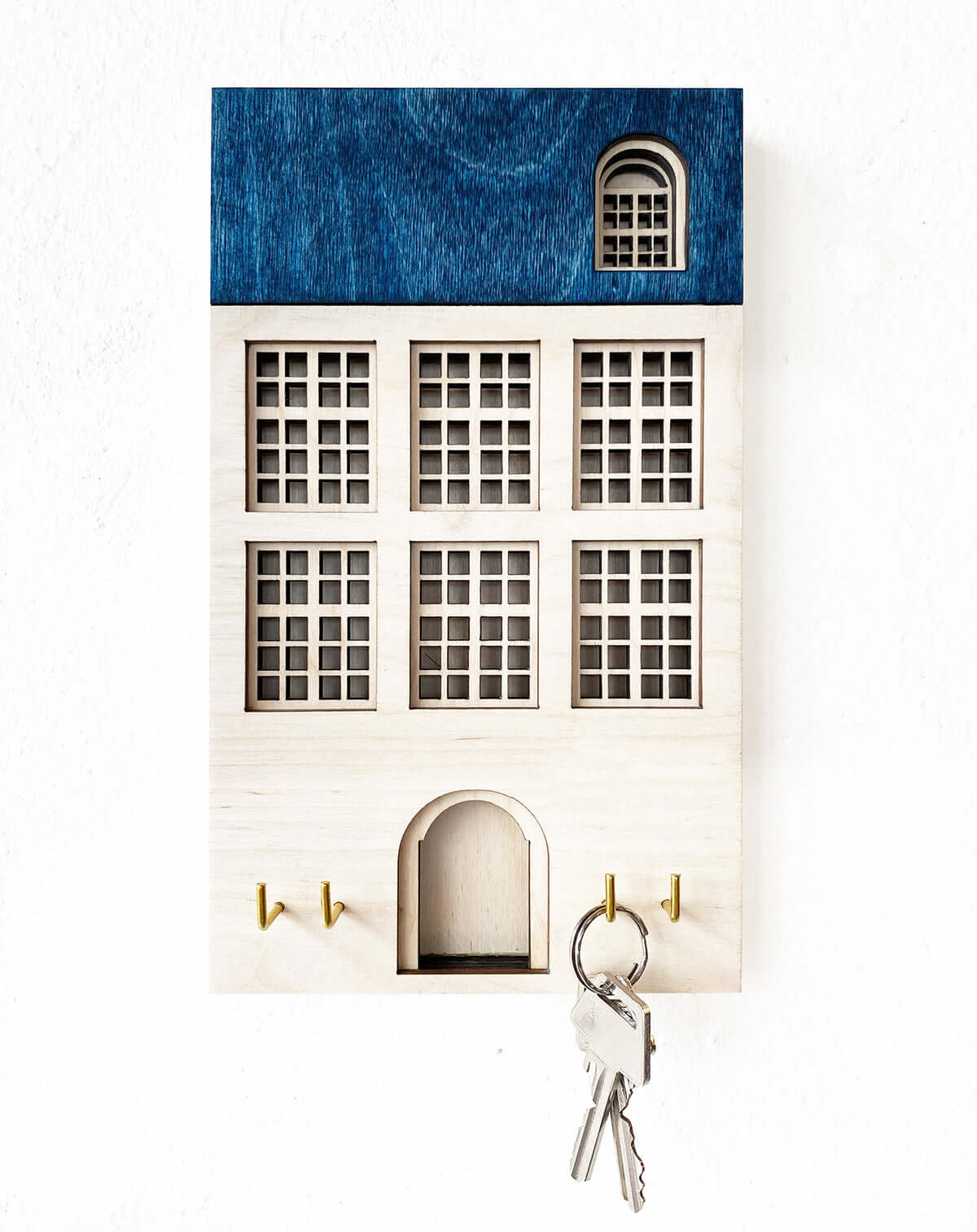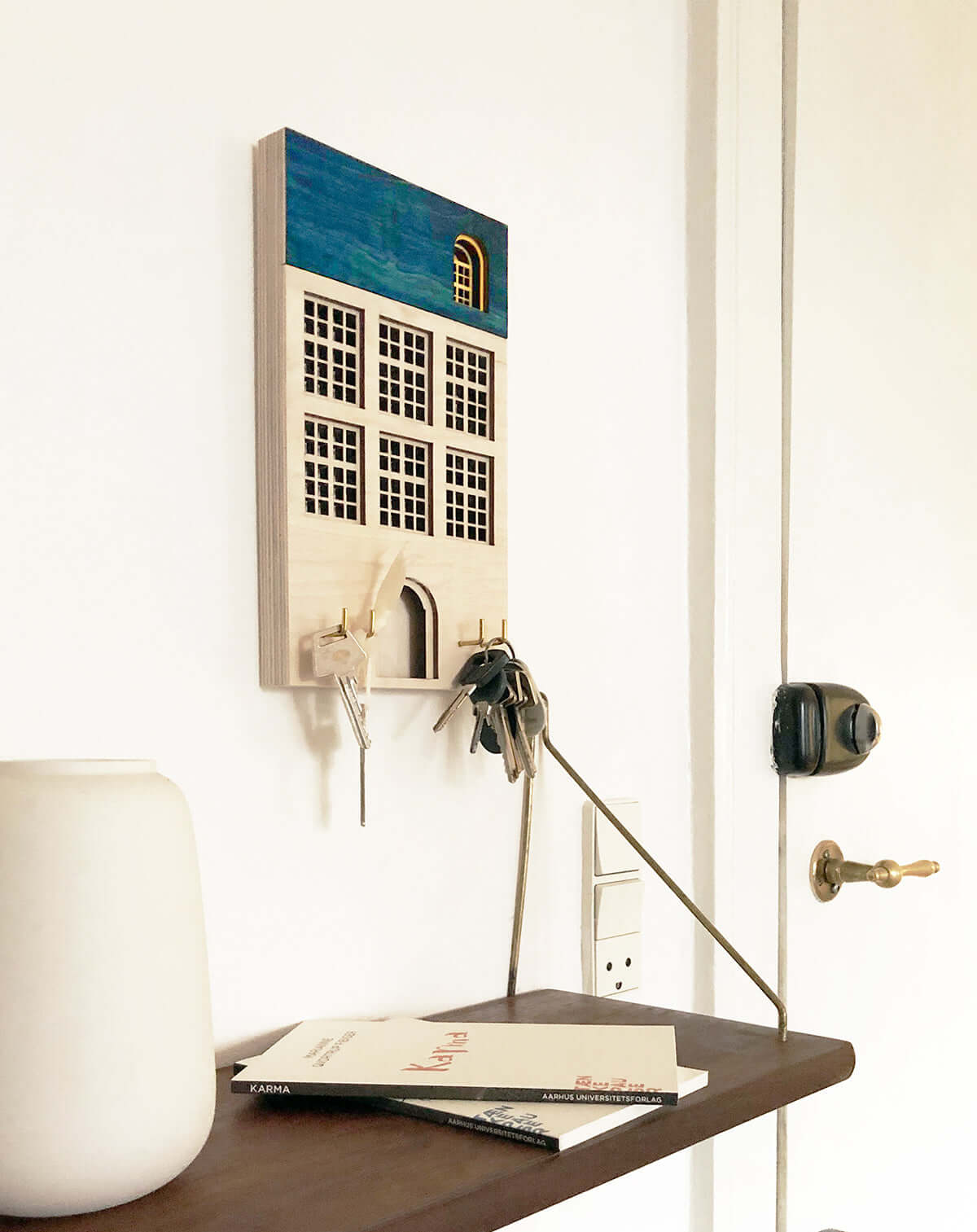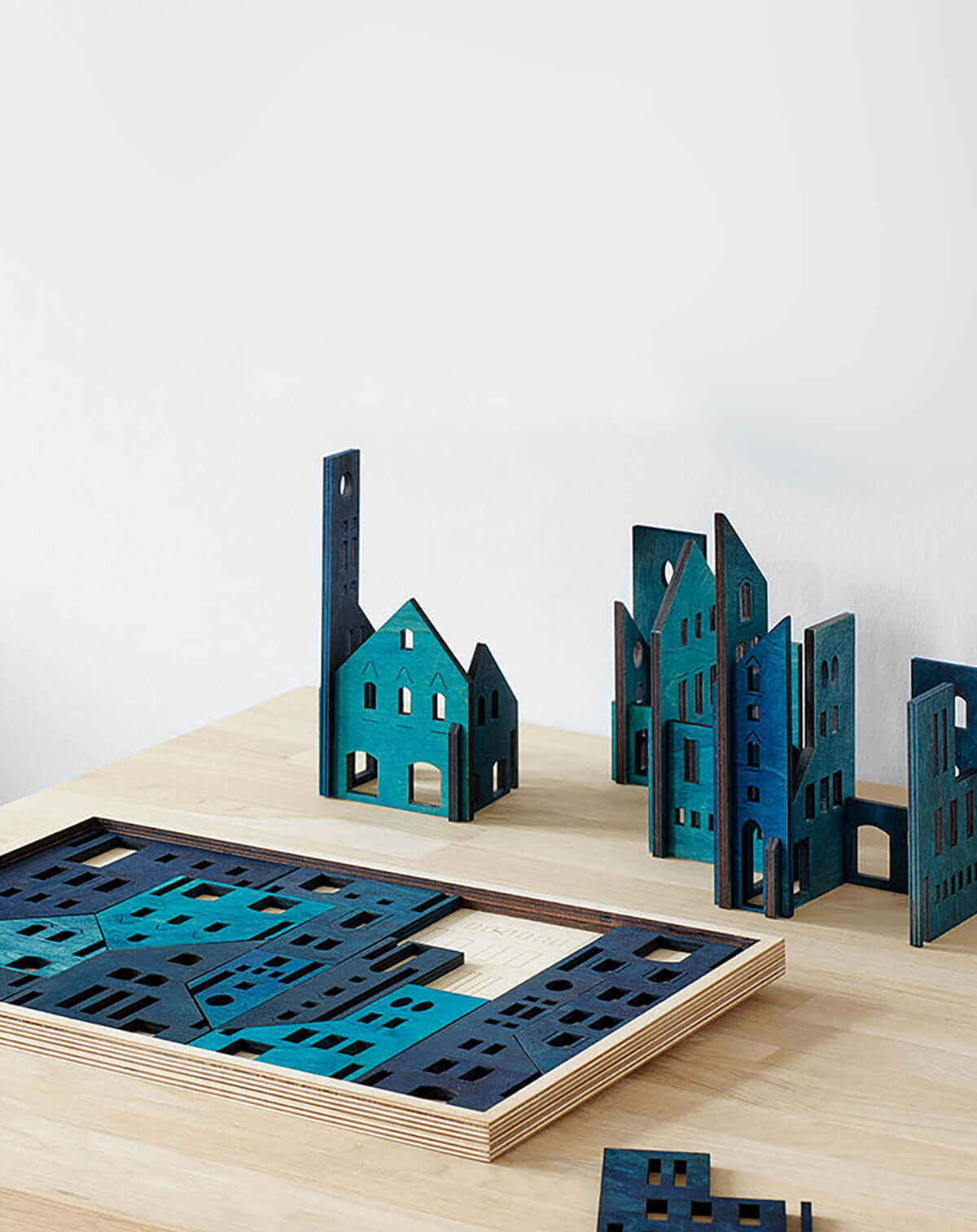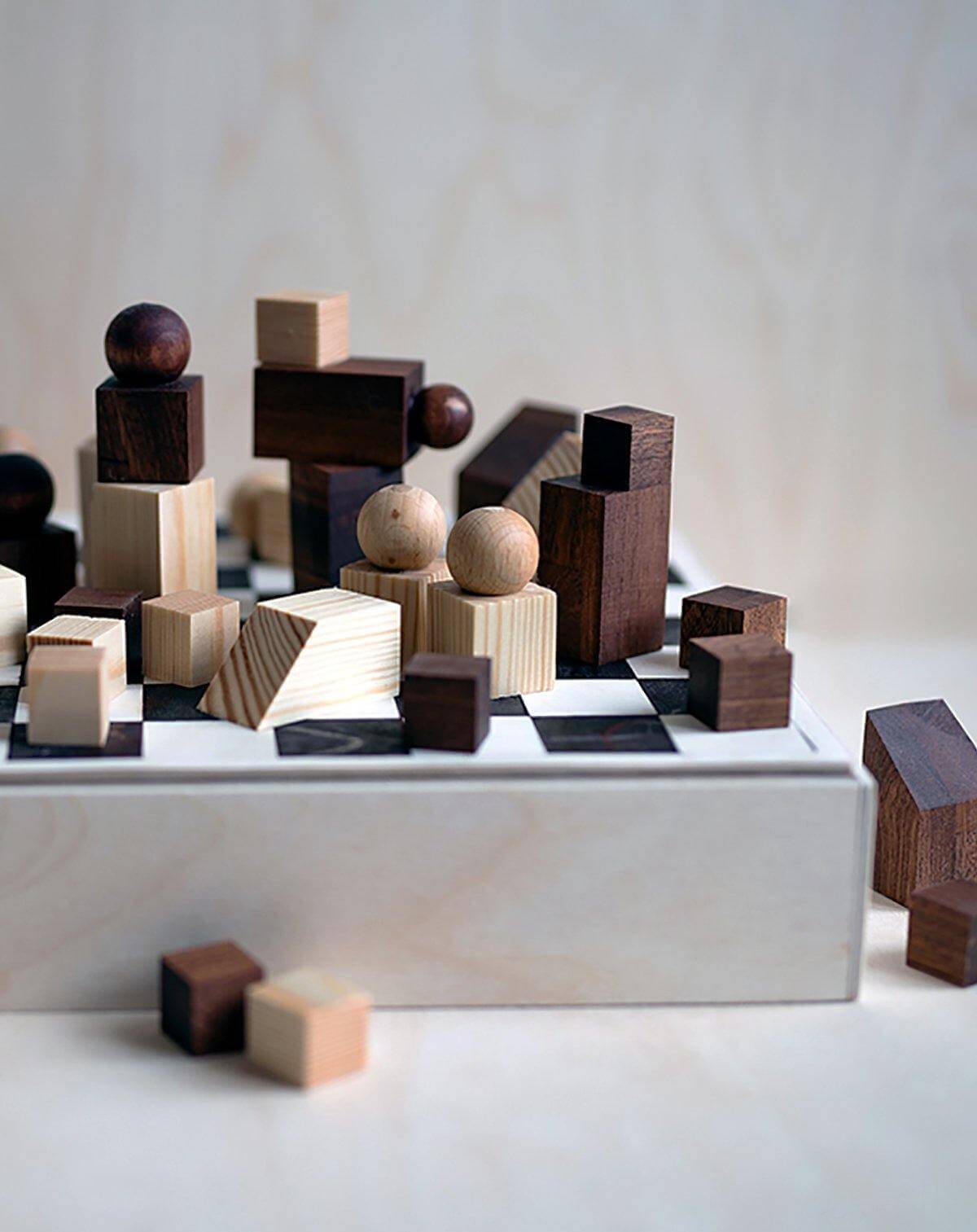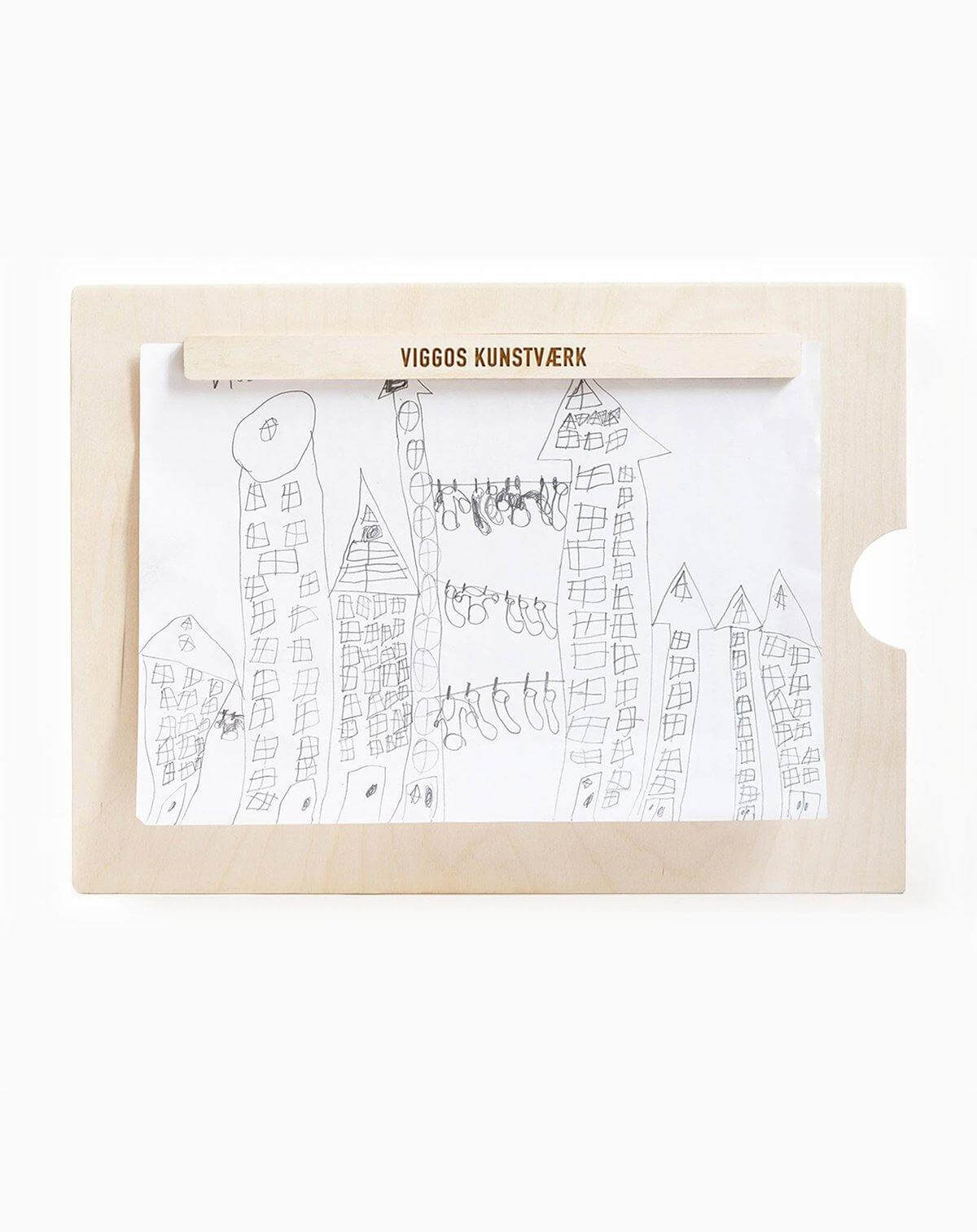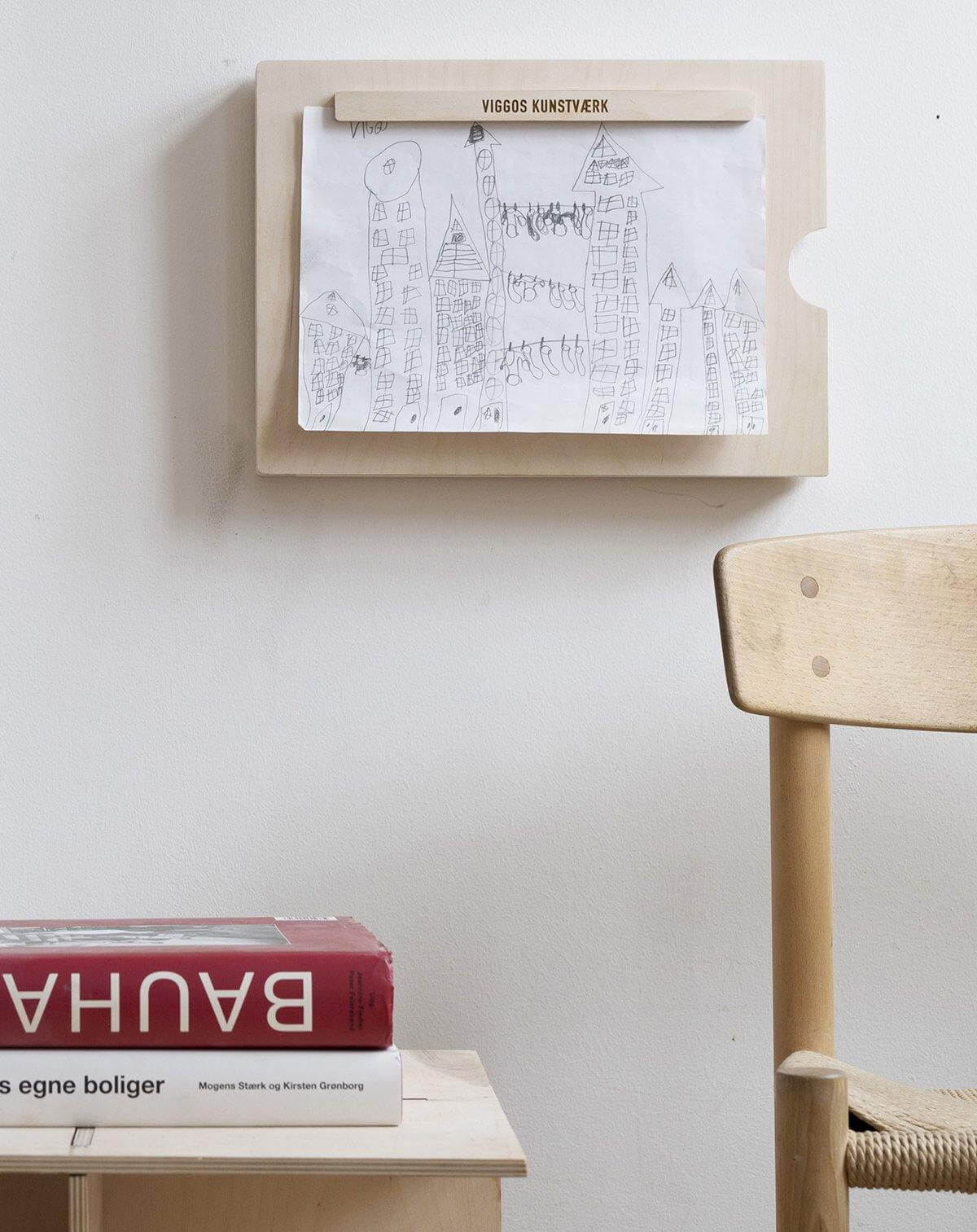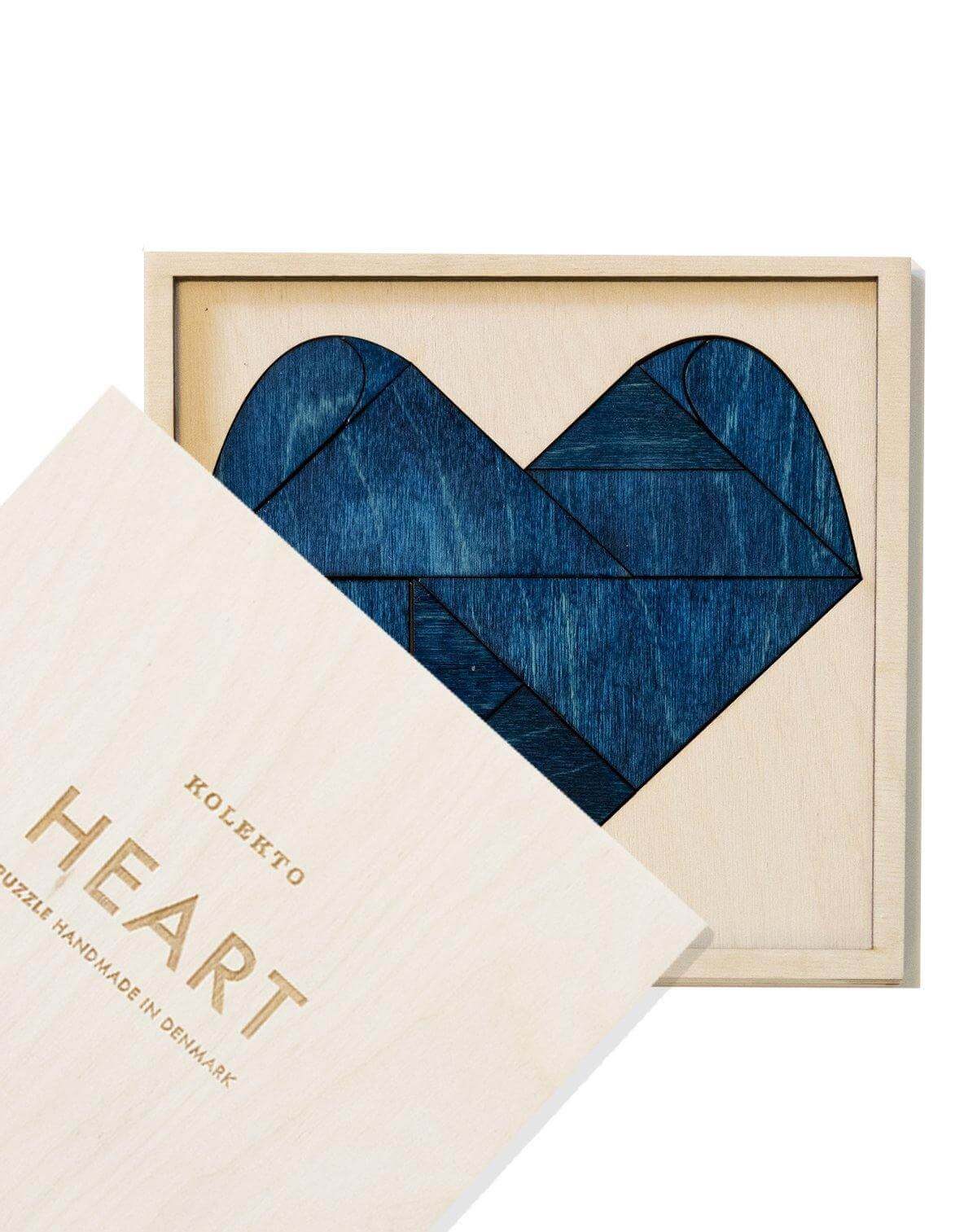
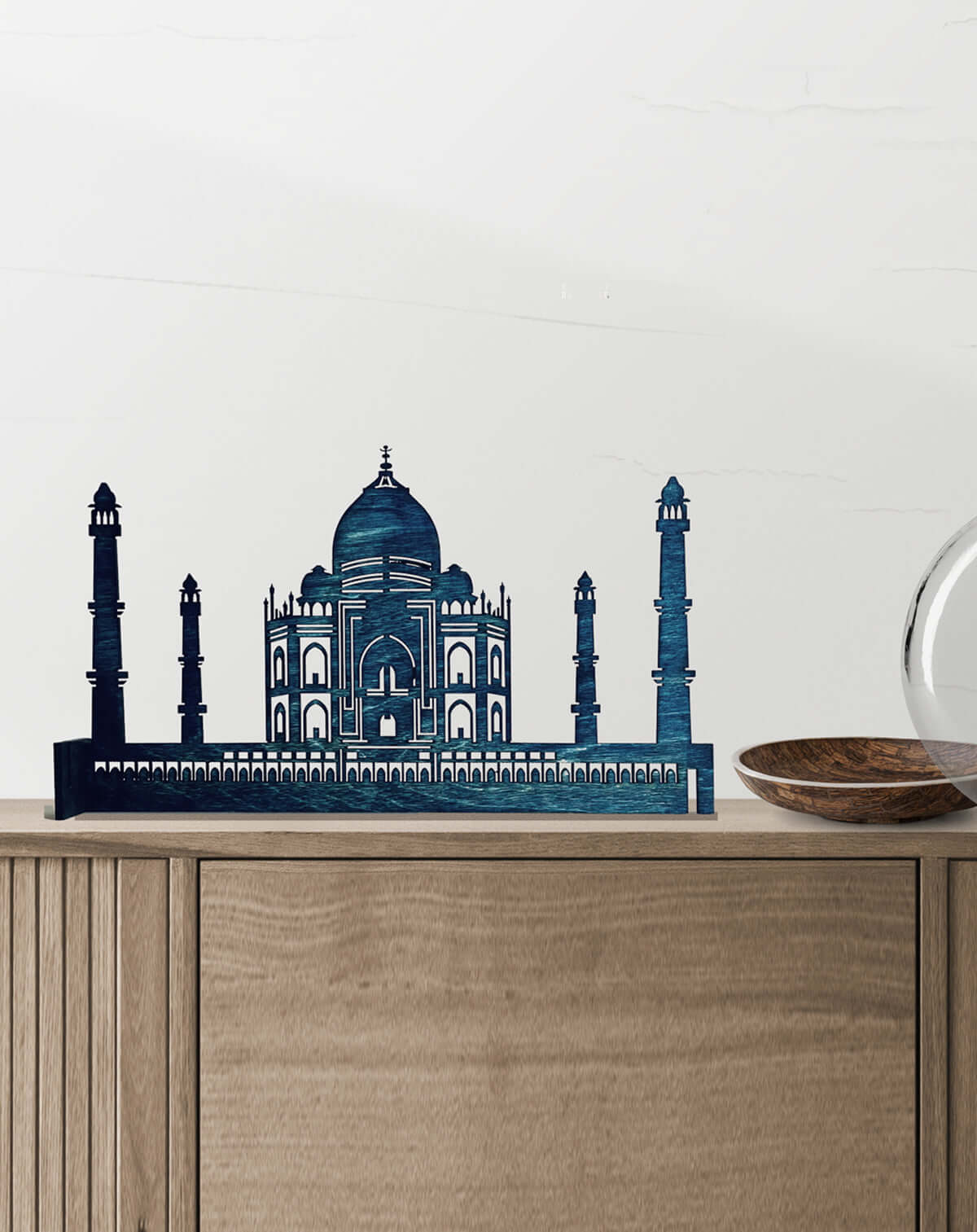

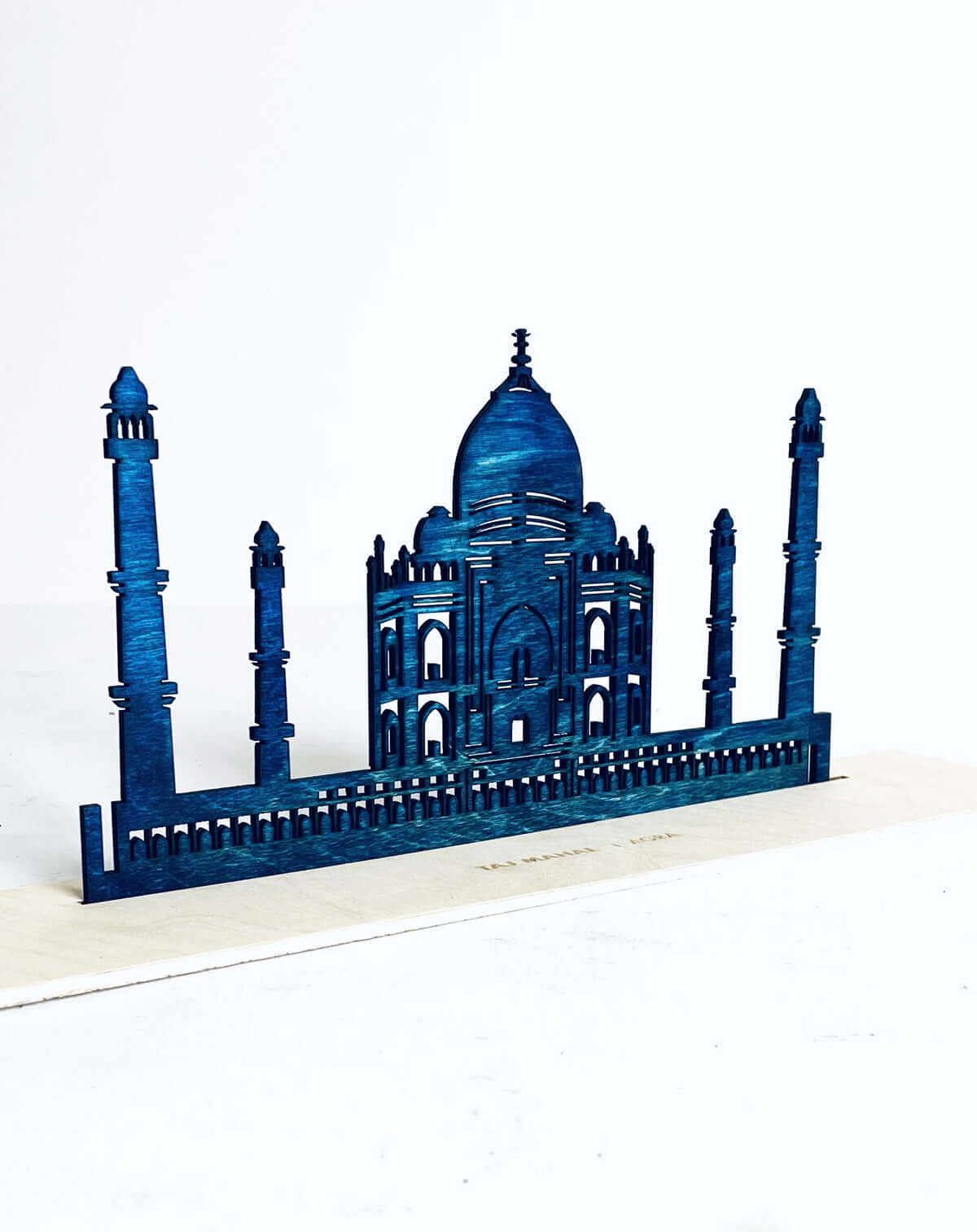
Taj Mahal, Agra
Taj Mahal, Agra
KOLEKTO
Mariendalsvej 2b
2000 Frederiksberg
Denmark
KOLEKTO Studio
Mariendalsvej 2
2000 Frederiksberg
Denmark
Worldwide shipping from Copenhagen in 1–2 days.
Easy returns within 2 months.
Silhouette of Taj Mahal in Agra, India. A decorative design object in the living room, on the coffee table or on the windowsill.
It is possible to have a personal greeting engraved on the holder, which makes the sculpture an obvious gift.
DIMENSIONS: 22 x 15 cm
MATERIAL: Birch wood
COLOR: Organic linseed oil we mix ourselves with shades of blue pigment
BUILDING: The Taj Mahal was built between 1632 and 1653 and is now on UNESCO's World Heritage List in 1983. 20,000 people worked on the construction of the building. The chief architect was Ustad Ahmad of Lahore.
No expense was spared during the construction of the Taj Mahal, which was constructed using materials from all over India and Asia.
More than 1,000 elephants were used to transport the building materials. The white marble was imported from Rajastan, Japis from Punjab and jade and crystals from China, turquoise from Tibet, lapis lazuli from Afghanistan. The sapphires are from Sri Lanka and the Carnelian from Saudi Arabia. A total of 28 different gemstones were embedded in the white marble!
The central part of the mausoleum is surrounded by four identical minarets, which are built with an outward slope so that in the event of an earthquake they will fall to the ground away from the mausoleum itself. To the left of the monument is a red sandstone mosque. The mosque was built to sanctify the area and create a place for pilgrims. On the right is a faithful replica of the mosque, known as jawab, built solely for the sake of symmetry. However, the building is not used as a mosque, as it does not have the correct position in relation to Mecca
The architect behind the construction had his right hand chopped off when the construction was completed. This was to prevent him from building a similar one.
When it was built, Shah Jahan had a desire to build a similar Taj Mahal on the other side of the river. It just had to be black. However, it never came to fruition when he died.
Choose options
Worldwide shipping from Copenhagen in 1–2 days.
Easy returns within 2 months.
Worldwide shipping from Copenhagen in 1–2 days.
Easy returns within 2 months.
This art print is created from a high-quality, realistic photograph of an original artwork crafted from layered wood. The dimensional layering adds a unique sense of depth and tactility, giving the image a vibrant, engaging, and distinctly textured surface.
X-MAS ORDER DEADLINES:
Denmark: December 20th
EU: December 16th
Norway, Switzerland, USA: December 15th
Rest of the World: December 14th
DENMARK
Pickup Mariendalsvej 2B, 2000 Frederiksberg DKK 0
Orders under DKK 1.120: DKK 60
Orders over DKK 1.120: Free
Standard delivery time: 3-5 working days
Choose delivery to the nearest parcel shop or home.
EU
Orders under €150: To a UPS Access Point €12
Orders over €150: Free to a UPS Access Point
Delivered to your home address: €20
Standard delivery time: 5-6 working days
NORWAY / SWITZERLAND
Home delivery: €25
X-Large Home delivery (50x70 cm woodcuts & frames): €39
Standard delivery time: 6-9 working days
Recipient pays any eventual customs duties
WORLD
Home delivery: $39
X-Large Home delivery (50x70 cm woodcuts & frames): $62
Standard delivery time: approx. 6-9 working days
Recipient pays any eventual customs duties
-
Adding a personal engraving may extend delivery by 1–2 days.
-
Orders are shipped via UPS on business days only; we do not ship on weekends or public holidays. We are not responsible for delays due to shipping or customs. Import VAT is the responsibility of the recipient.
You can also pick up your order at our workshop at Mariendalsvej 2B, 2000 Frederiksberg C, Denmark

